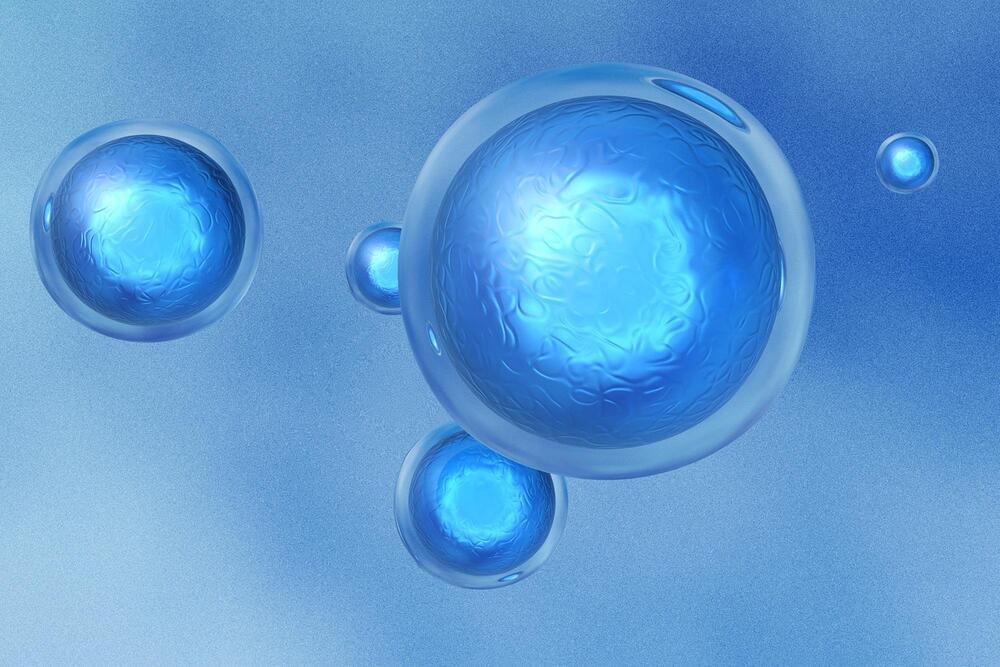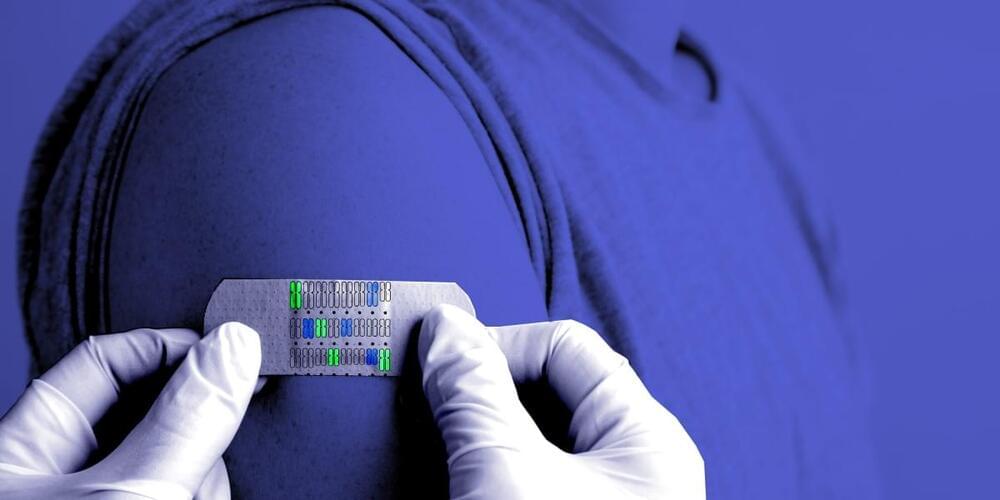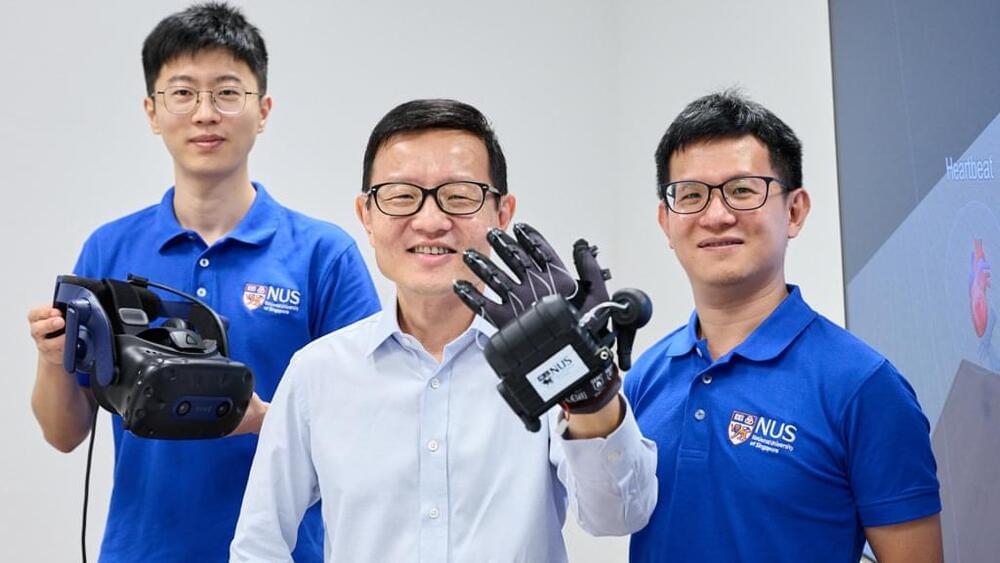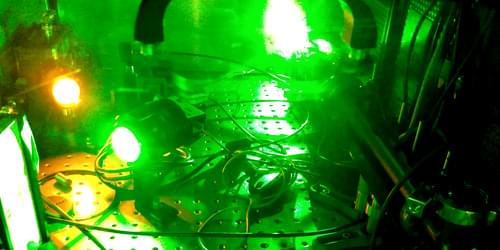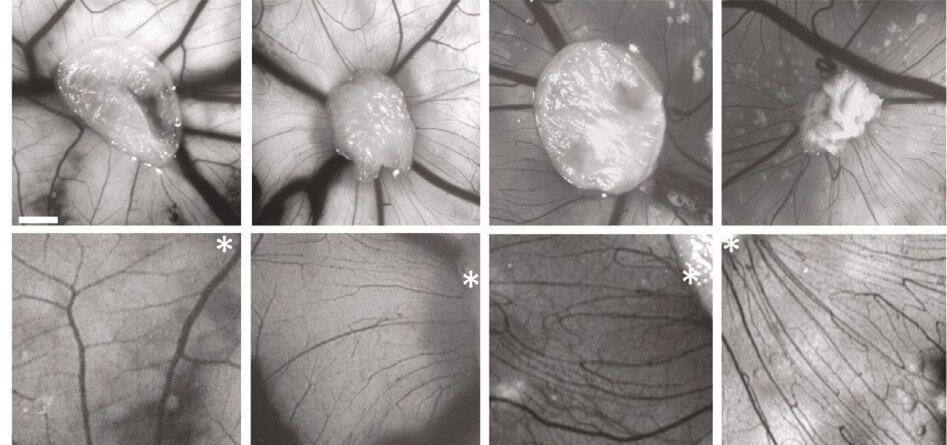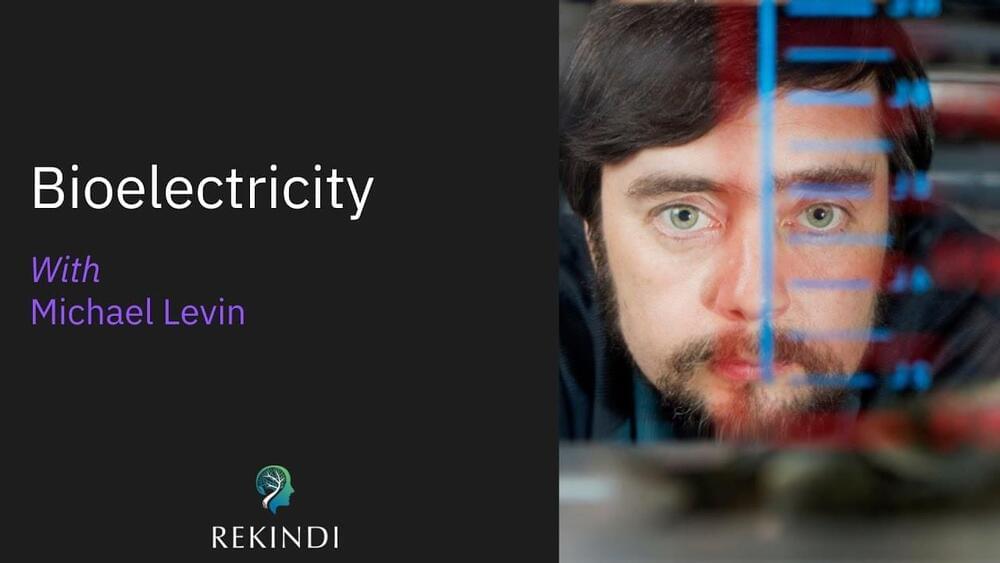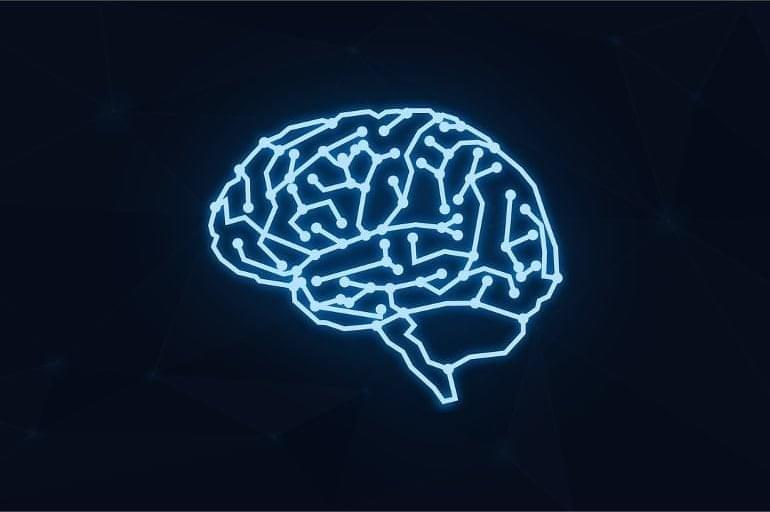Jan 20, 2023
Cedars-Sinai Cancer Breakthrough: Biological Pathway Identified That Leads Stem Cells To Die or Regenerate
Posted by Paul Battista in categories: biotech/medical, innovation
Altering a cellular process can lead stem cells—cells from which other cells in the body develop—to die or regenerate, according to a new study led by Cedars-Sinai and the University of California, San Francisco (UCSF).
The findings, to be published today (January 13) in the peer-reviewed journal Cell Stem Cell, may assist in the development of new drugs that can manipulate this process to slow or stop cancer from growing and spreading, and enable regeneration in the context of other diseases.
Ophir Klein, MD, PhD, executive director of Cedars-Sinai Guerin Children’s and the senior author of the study, said the findings underscore the body’s need to produce just the right amount of new cells.
